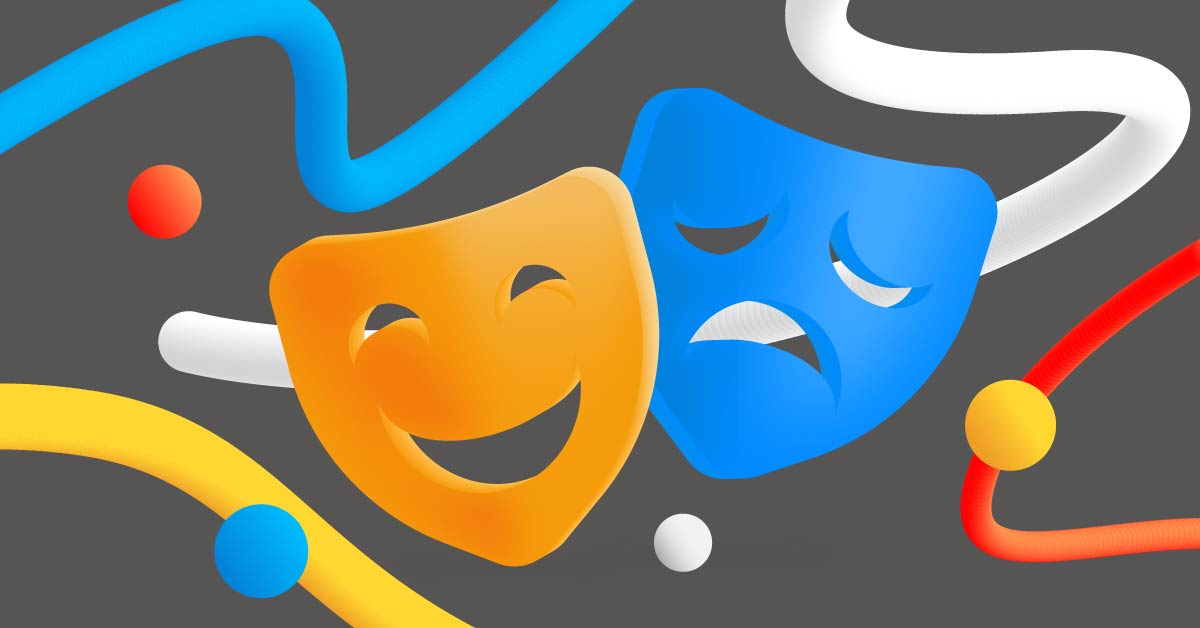
Imagine window shopping in a mall, and a beautiful watch with impressive packaging catches your attention. You stop, scrutinize the product, and instantly think it’s good. This is the power of emotional design. As explained by a few design experts like Donald A. Norman, this concept refers to well-designed objects evoking users’ emotions. And this is why emotional design is essential in branding and marketing because it sells for you.
Key takeaways:
- What is Emotional Design?
- 3 Levels of Emotional Design
- Why is Emotional Design Important
- What You Need Before Using Emotional Design
- How to Apply Emotional Design in Branding and Marketing
- 5 Emotional Design Examples for Marketers
- Where to Get Emotional Design Graphics
What is Emotional Design?
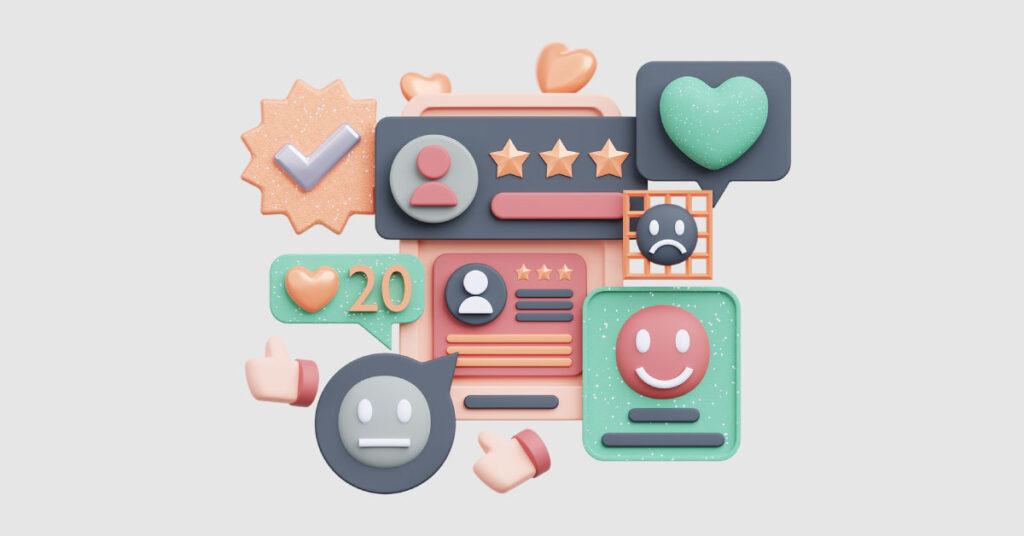
Donald Norman, the author of The Design of Everyday Things, said, “Design is really an act of communication, which means having a deep understanding of the person with whom the designer is communicating.”
The emotional design theory covers how ordinary objects can impact how people feel. This concept strives to create products that evoke certain emotions. In turn, these emotions create a positive experience for users.
Since emotion is an essential part of human lives, it influences how we interact and perceive products. Emotions guide users in choosing products they think work best.
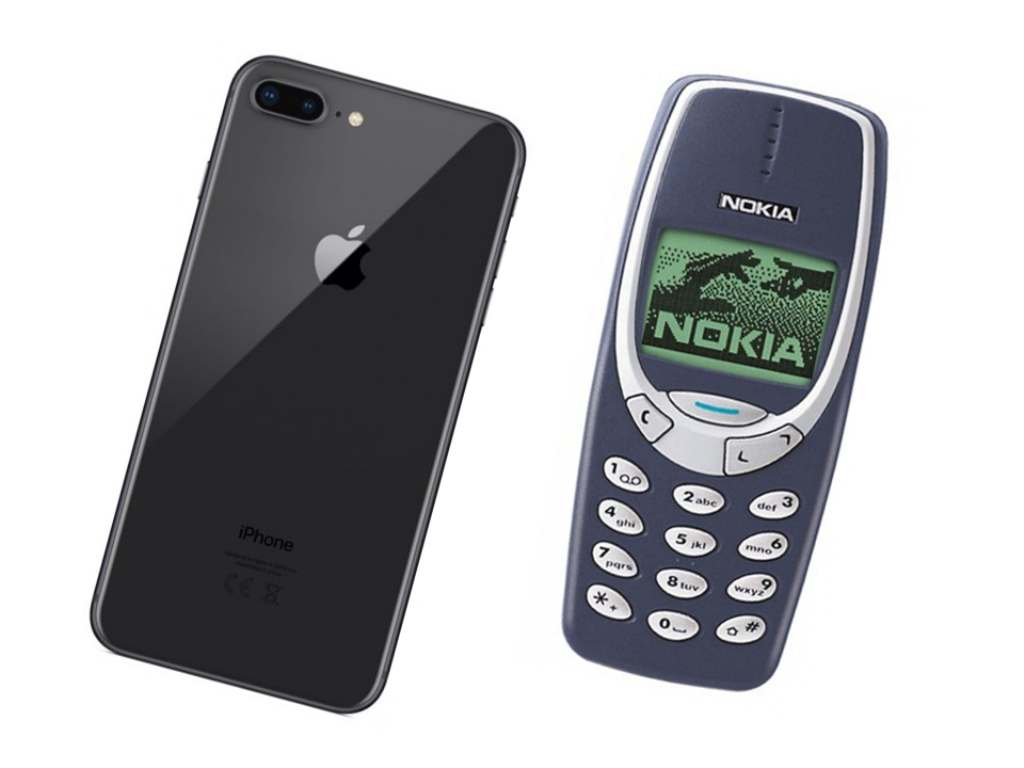
An example of a brand that leveraged emotional design is Apple. Compare Apple’s mobile phones with Nokia’s. At face value, users can quickly identify which product is more reliable and luxurious.
Emotional Design Principles
Design is linked to emotions. The primary principles of emotional design revolve around the user’s interests, needs, and emotions. Emotions impact how the brain works. Therefore, negative experiences evoke feelings such as tension, anxiety, frustration, disgust, disappointment, etc.
On the other hand, positive experiences evoke positive feelings like happiness, satisfaction, pleasure, security, safety, trust, fulfillment, etc.
Abraham Maslow explains how people’s motivation is based on fulfillment in his book “A Theory of Human Motivation.” He claims that attractive things are regarded as more functional and reliable.
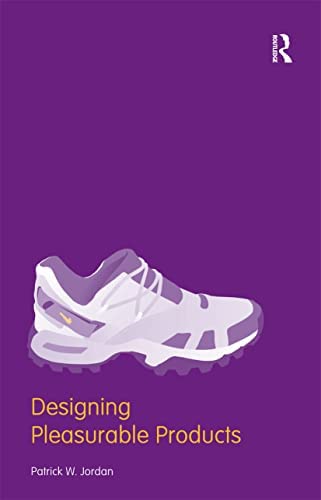
The author of “Designing Pleasurable Products,” Patrick W. Jordan, also points out how products should evoke emotions through pleasure. He specifies four different types of pleasures that brands can apply in their products or services are:
- Physio-pleasure: Pleasures from sensory organs, such as taste, touch, smell, etc
- Socio-pleasure: Pleasure derived from other people’s company or social interaction
- Psycho-pleasure: Pleasure from completing a task or a product that satisfies the experience
- Ideo-pleasure: Pleasure derived from theoretical aspects like literature, art, and music, which relates to the value each offers
But one of the most popular concepts of emotional design is Donald Norman’s three levels of emotional design.
3 Levels of Emotional Design
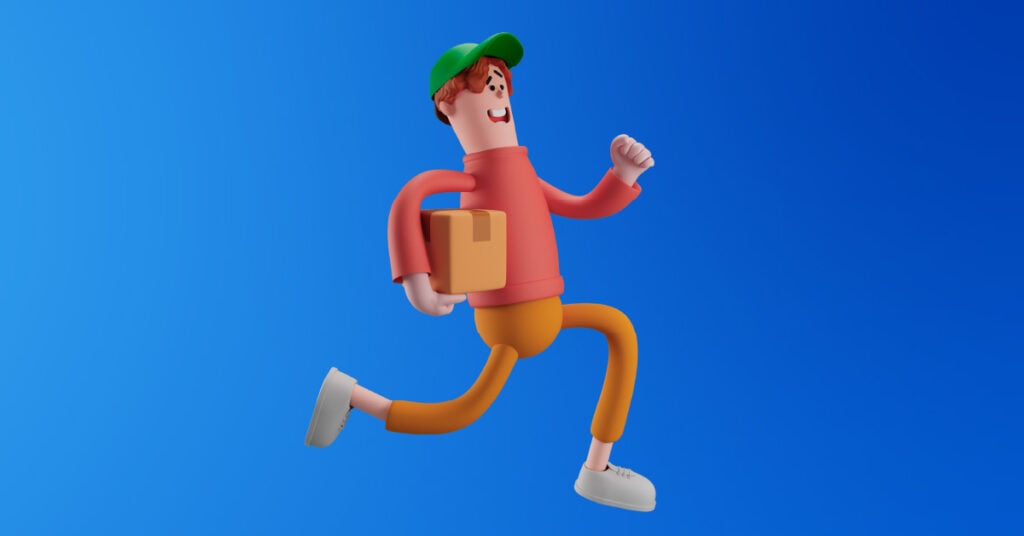
In one of his books about design and user experience, Donald Norman explains how users go from visual to logic when interacting with a product.
These three levels of emotional design will help you create products and services that sell. If you’re a marketer or entrepreneur, getting your target audience to transition from one sales funnel level to another is paramount.
1. Visceral Design
The first level refers to the appearance of a product or service. It pertains to the overall aesthetic, which makes people feel positive emotions toward it. Some factors to consider at this level are:
- Colors
- Sound
- Shapes
- Size
- Beauty
- Look and feel of a product
2. Behavioral Design
This level has to do with the product’s effectiveness. In the product design context, it revolves around usability. Here are some things to weigh in:
- User-friendliness
- Product functionality
- Usability
- Performance
- User reflections toward product or brand
- Opinions toward brands or products
3. Reflective Design
Reflective design is the highest level of emotional design where users rationalize products. They gauge whether products contribute to their self-image, ego, overall appearance, etc. It refers to the overall impression of the product. Some things to consider at this level are:
- Pros and cons of products
- Cultural aspects
- Meaning of products in user’s life
- How a product impacts a user’s life
Why is Emotional Design Important in Marketing
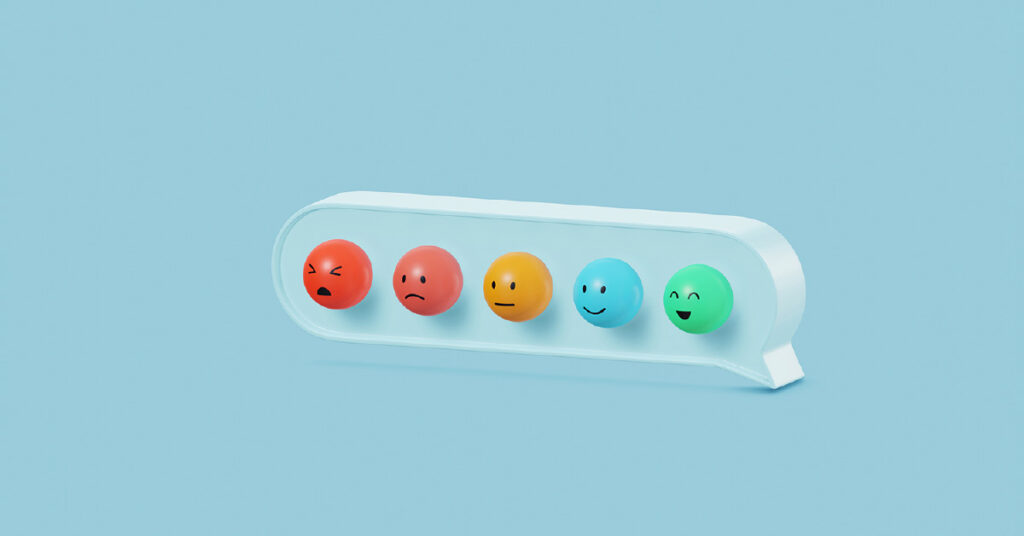
Emotional design is essential in branding and marketing because humans run on emotions. Our actions are mainly based on our emotions. Therefore, brands and marketers must incorporate beautiful product designs to trigger emotions and encourage consumers to purchase.
The goal of emotional design is to ensure products allow users to shape positive associations. Take, for example, Nike and how the brand applies emotional marketing to advertisements.

When you focus on human pain points, brands connect with users on a more personal level.
What You Need Before Using Emotional Design
Emotional design in branding and marketing will only work if you tick all these three factors:
- Functional product: Is your product beneficial to users?
- Reliable product: Does your product work and help users as expected?
- Usable product: Is your product intuitive and easy to use?
Emotional Design Tips: How to Apply Emotional Design in Branding and Marketing
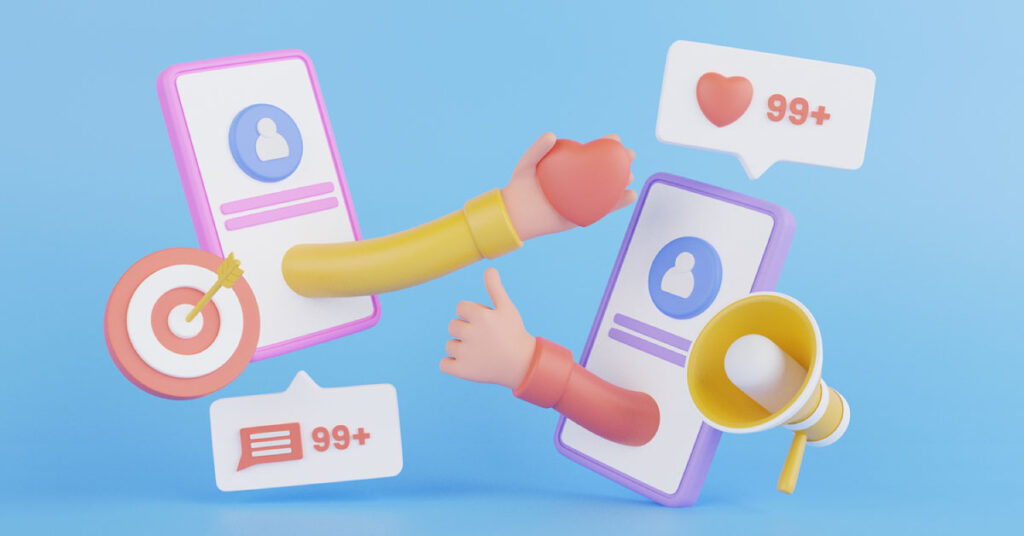
How to use emotional design in branding and marketing? Try these tips:
- Use powerful visual elements to stimulate the users’ emotions, such as illustrations, 3D designs, colors, etc.
- Include interactive design components that engage users, like GIFs, functional product packaging, unique features, etc.
- Engage with users more personally by catering to their needs and pain points. Make sure to research and know your target audience and see what makes them tick.
- Use humor and storytelling to connect with users and instill positive thoughts about your brand.
- Showcase your brand personality and put a face to that brand logo using mascots, human faces, powerful images, etc.
- Be detail-oriented when it comes to your brand messaging. Ensure your messages are clear and light-hearted to invoke happy feelings.
- Be in character when communicating with users by adding sounds or videos.
5 Emotional Design Examples for Marketers
Tugging at your customers’ heartstrings is the secret ingredient in emotional design marketing success. Here’s how some brands successfully did it:
1. Bellroy
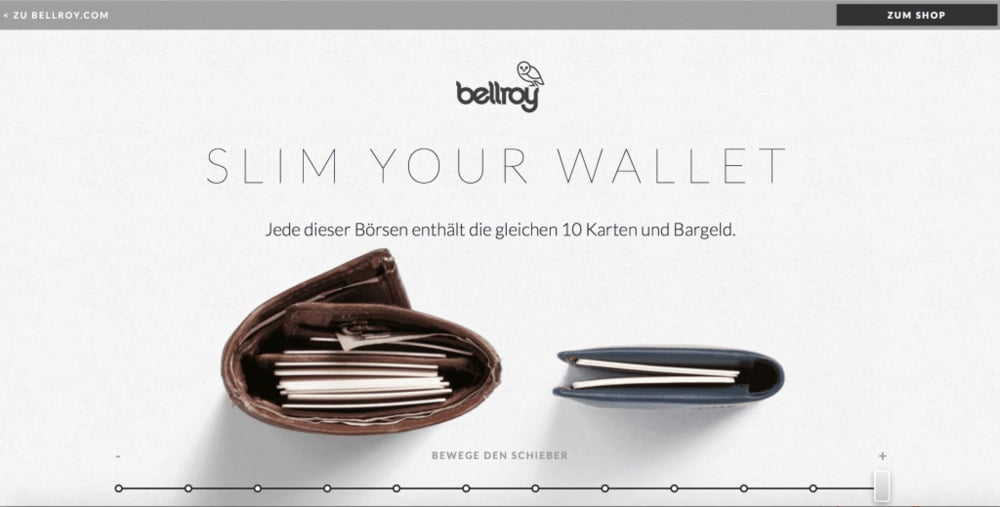
This landing page ad allows users to picture the product in use even before buying it.
2. Lysol
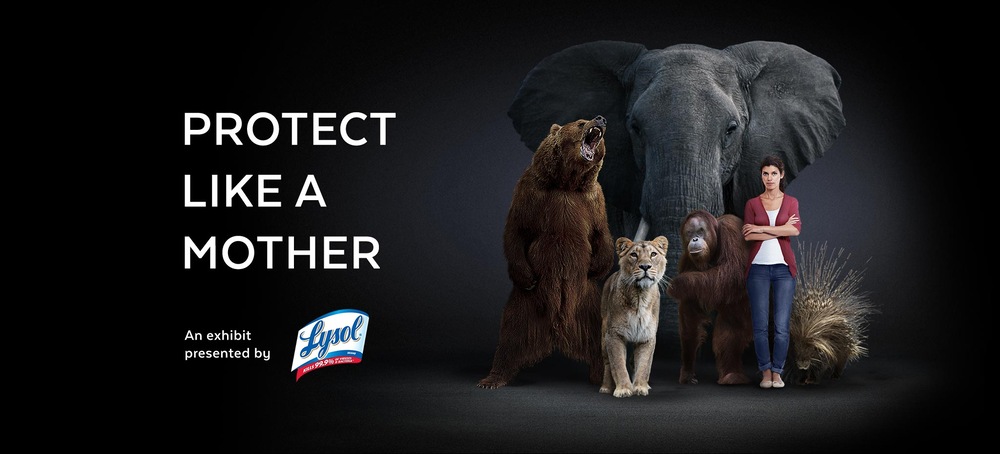
Relying on visual metaphor is crucial, just like how Lysol positions its products to mothers and their children.
3. Coca Cola
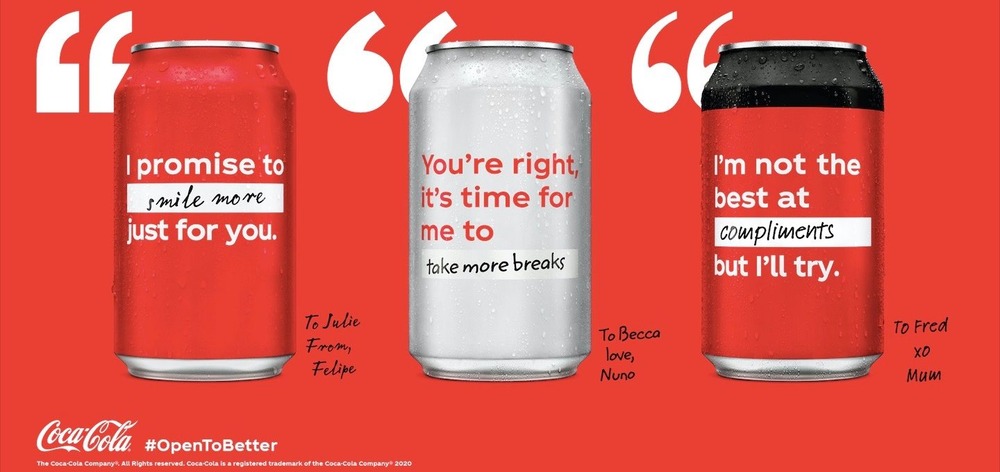
Coca-Cola lets users engage and customize its cans and send them to their loved ones.
4. Sad Man Lamp

This lamp touches on the negative but everyday emotions people feel by making it look like a sad man sitting.
5. Spider Juice Press
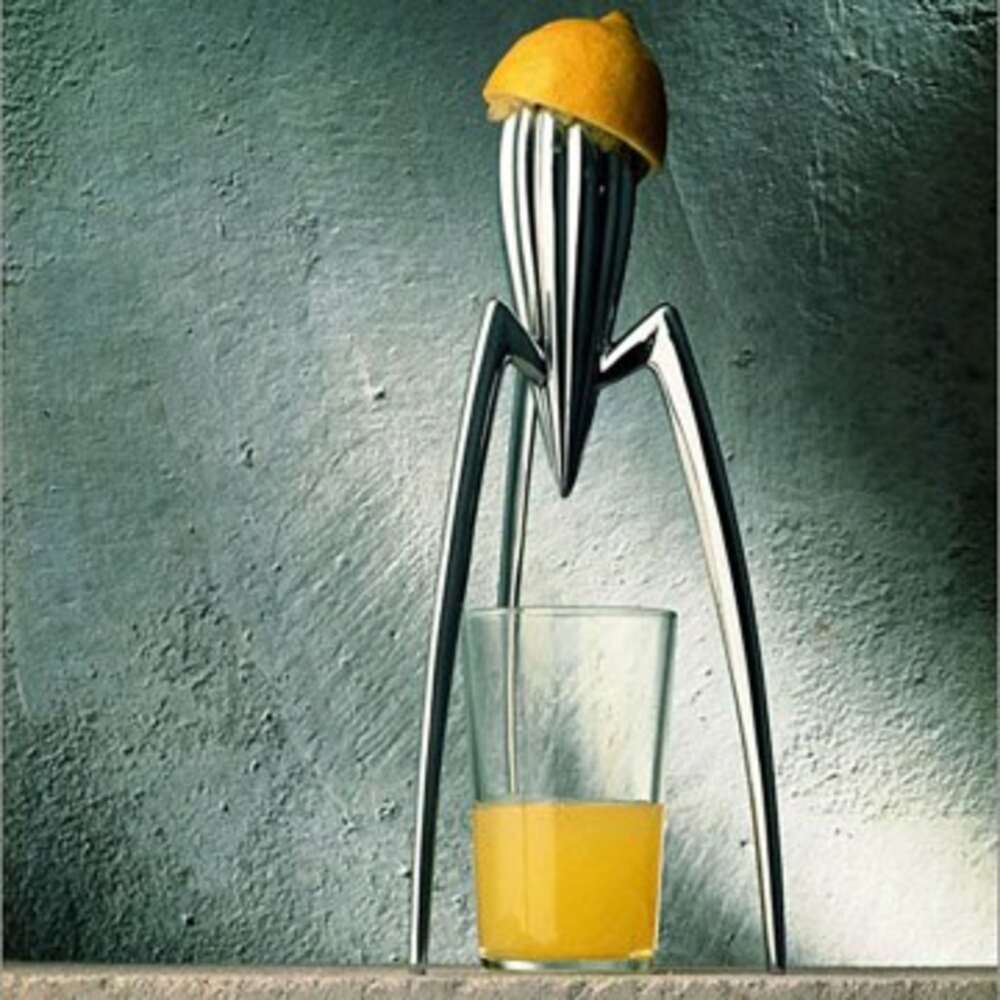
This slick and elegant juice press seemingly looks like a spider. This unique design triggers the perception of touch.
Conclusion
Emotional design is unquestionably a smart component that forges your marketing campaigns forward. Getting your target audience to go from visual to logical is already a big step. After that, you only need to give them a little nudge to seal the deal and make them buy. This is where powerful designs come into play.
Penji can help you create powerful and compelling graphics that evoke emotions instantly. Experts know the marketing psychology that goes into marketing and advertising designs. Work with professional graphic designers if you’re aiming for higher conversions.
Try Penji’s straightforward design process by submitting your first design request now risk-free. Sign up for a 30-day money-back guarantee now!
About the author
Table of Contents
- What is Emotional Design?
- 3 Levels of Emotional Design
- 1. Visceral Design
- 2. Behavioral Design
- 3. Reflective Design
- Why is Emotional Design Important in Marketing
- What You Need Before Using Emotional Design
- Emotional Design Tips: How to Apply Emotional Design in Branding and Marketing
- 5 Emotional Design Examples for Marketers
- 1. Bellroy
- 2. Lysol
- 3. Coca Cola
- 4. Sad Man Lamp
- 5. Spider Juice Press
- Conclusion









